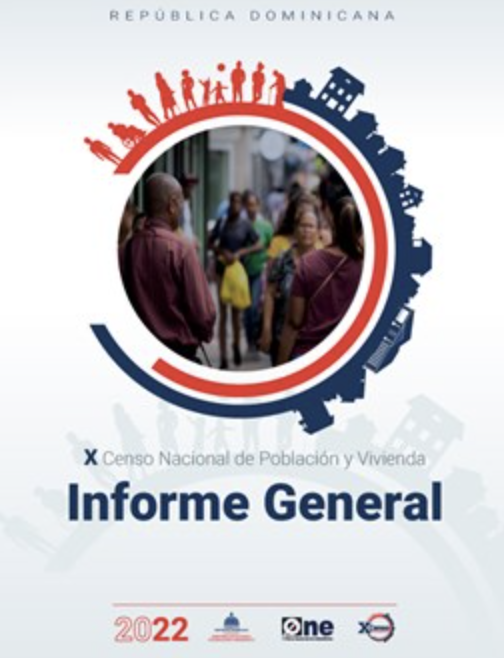
The National Statistics Office (ONE) reports on the slowing of population growth in the Dominican Republic. The 10th Population Census reveals the Dominican Republic’s population growth has slowed considerably in recent decades, falling from 3.61% in 1970 to just 1.21% in 2022. This contrasts sharply with Haiti, which shares the island of Hispaniola, where the population density is nearly double that of the Dominican Republic and the growth rate is high.
The Dominican Republic’s low population growth is attributed to the declining fertility rate, which has fallen from 5.1 children per woman in 1990 to 2.4 children per woman in 2020. This is due in part to increased access to education and family planning services, as well as a shift in societal norms towards smaller families.
Another factor is migration. Many Dominicans have left the country in search of better economic opportunities, particularly in the United States. This has led to a net loss of population, further slowing growth.
Meanwhile, on the western third of the island of Hispaniola, Haiti’s population growth rate is high, despite having a higher mortality rate than the Dominican Republic. This is due in part to Haiti’s higher fertility rate, which remains at 3.2 children per woman.
Haiti’s population density is also much higher than the Dominican Republic’s, with 413 people per square kilometer compared to 223.55 people per square kilometer. This is due to Haiti’s smaller land area and its higher birth rate.
Yet, the 2022 Census was not able to grasp the impact of Haitian migration to the Dominican Republic. On border market days, the gates are open to migration with no questions asked nor documents requested. Likewise, people smuggling is hard to stop along a border that is more than 300 kms long. But the main reason, is that social services — education and health — plus jobs are scarce in Haiti, while abundant and free in the Dominican Republic. The security crisis, nevertheless, is the biggest motivator for Haitians to migrate across the land border.
The 2022 Census aimed to address critical demographic insights, including the accurate count of foreigners residing in the Dominican Republic, particularly Haitians. This data is pivotal for understanding the socioeconomic dynamics and planning necessary public services effectively. However, the census faced substantial challenges, including incomplete coverage. The ONE officials say that only 79.38% of the population was surveyed—a record low compared to previous counts.
The Office of National Statistics (ONE) attributed this shortfall to logistical difficulties, such as inaccessible closed residential communities, migrant workers’ erratic schedules, and insufficient budgetary resources for comprehensive technical oversight. Moreover, pervasive security concerns deterred some residents, particularly undocumented immigrants, from participating, fearing potential repercussions.
Karina Sanchez Campos, an anchor for CDN TV, in recent comments for a Somos Pueblo YouTube channel stressed how while the population of Dominicans declines in the Dominican Republic, immigration from Haiti and births of Haitians in the Dominican Republic is on the rise, with present and future impacts for the country.
Read more in Spanish:
ONE
Somos Pueblo
8 July 2024

